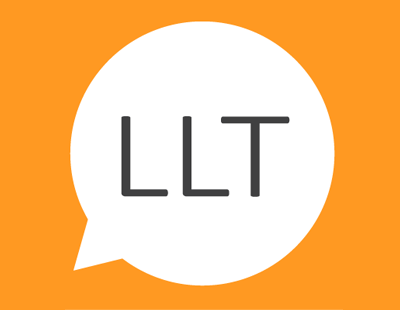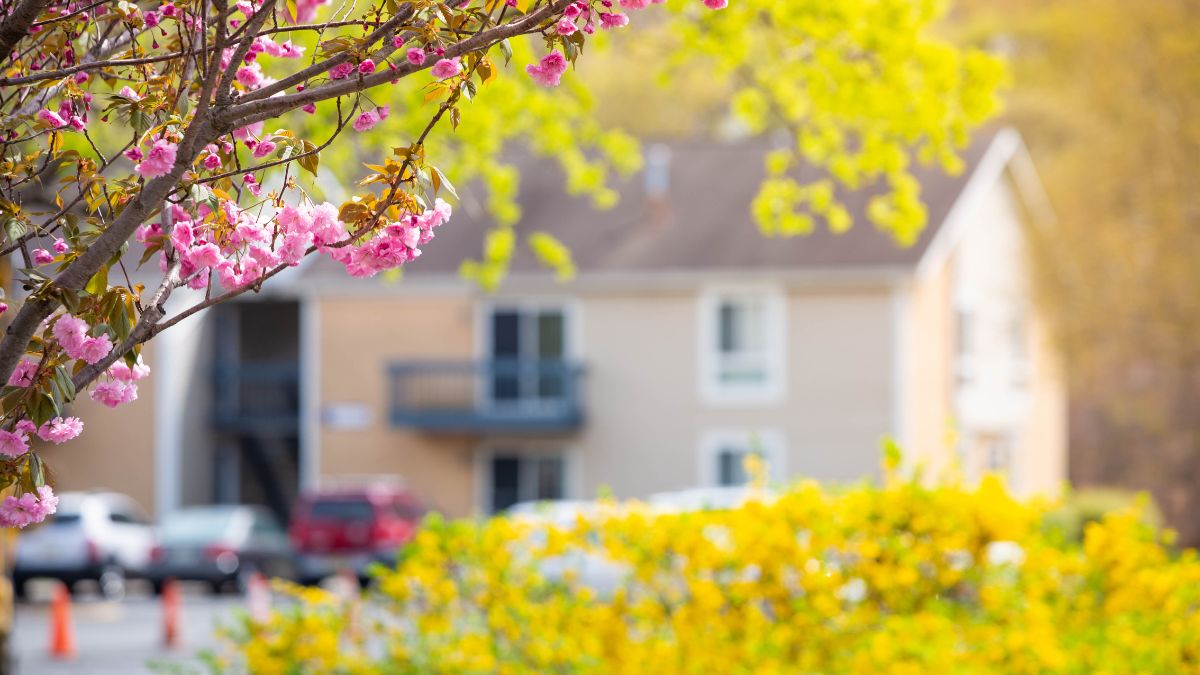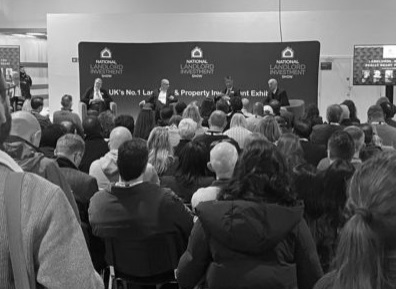A lettings agency has suggested that the typical landlord could lose as much as £24,000 if the government increases Capital Gains Tax as has been suggested.
Benham and Reeves says the figure would be typical for landlords to pay in extra CGT if recommendations by the Office of Tax Simplification to change the tax threshold are introduced.
CGT is tax paid on the profit of the sale of any additional home - a buy to let or a holiday cottage, for example - and currently the rate of tax stands at 18 per cent for basic rate taxpayers and 28 per cent for those in the higher rate threshold. There is an annual allowance of an initial £12,300 on which no CGT would be paid.
However, the Office of Tax Simplification has called for CGT to increase in line with income tax rates to 20 per cent at the basic rate and 40 per cent at the higher rate, while also lowering the initial amount exempt to just £2,000.
There is widespread expectation that some reform of CGT - whether in accordance with the OTS or along other lines - will be made in a consultation document predicted to be released next Monday.
The research from Benham and Reeves shows that in the last decade, the average UK house price has increased from £168,703 to £251,500, meaning the capital gain of a buy to let investment during that time sits at £82,798.
Based on this example - and when removing the exempt sum of £12,300 - selling in the current market and with the current level of taxation would see a lower rate taxpayer pay £12,690 in CGT, while a higher rate taxpayer would pay £19,739.
However, should these changes come into play, the tax owed would climb to £14,100 for a basic tax rate payer, while those in the higher threshold would see it increase to £28,199; a jump of £8,460.
The agency warns that London’s landlords would be worst hit and based on property price appreciation in the last decade, a hike in CGT would see basic rate taxpayers paying nearly £4,000 more when they come to sell, climbing by a huge £23,810 for those at the higher tax rate threshold.
Those paying a higher rate of tax in the South East and East of England could also see the cost of CGT owed on their investment climb by more than five figures, increasing by £13,206 and £12,958 respectively.
You can’t reduce the percentage of tax owed on the capital gain of your investment, but you can minimise the sum. By taking into account costs incurred on the property, either when purchasing it or during ownership, you can boost the ‘initial cost’ of your investment and reduce the capital gain of any price appreciation.
Costs included in this respect range from legal fees, stamp duty and even mortgage broker fees when you purchase the property. To other costs such as the refurbishment of the property, the addition of more space via a conservatory, for example, and even the cost incurred defending the title of a home.
“The proposed changes from the Office of Tax Simplifications would act as nothing more than another nail in the coffin of the buy to let sector” warns Marc von Grundherr, director of Benham and Reeves.
“As it stands, landlords and second homeowners are already paying a substantial sum on their investment due to the increased value of bricks and mortar. A further increase in capital gains rates is nothing more than a blatant attack on them, especially those in higher tax thresholds.
“The government seems intent on targeting landlords and second homeowners as the cause of the current housing crisis. The reality is, their failure to build enough homes is the driving cause and so perhaps this should be their area of focus.”
We're excited to announce that we're working on building a shiny new website for readers of Landlord Today! As part of this process, commenting on articles will be temporarily disabled. We look forward to sharing our new and improved Landlord Today website with you shortly!









.png)

(1).png)











